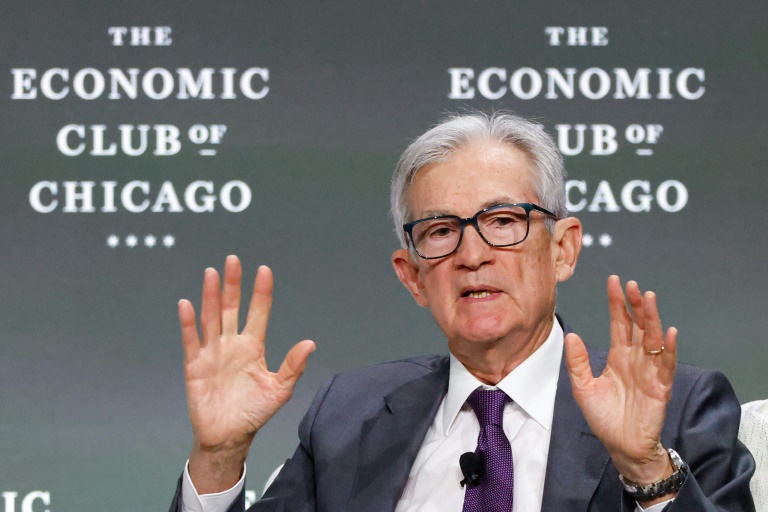“The U.S. needs a crash to reset,” says Rivigo founder Deepak Garg.
And he’s betting the next one isn’t far off. With $9.2 trillion in government debt coming due in 2025, Garg says the U.

S. may have no choice but to trigger a recession to survive its post-Covid borrowing binge. “Most people don't understand that US has to force a recession every 5-7 years to refinance all the excessive Covid debt,” he says.
“To be able to sell those bonds, you need a Covid kind of dip. 50%+. What happened last week isn't enough,” Garg warns.
“US 10 year yields are back above where they were before tariff scare.” The numbers paint a grim picture. The $9.
2 trillion set to mature accounts for 25.4% of the total $36.2 trillion national debt—and nearly 31% of the projected U.
S. GDP in 2025. Nearly $6.
5 trillion will need refinancing in just the first six months of the year. Much of this debt was issued during the near-zero interest rate era. With the average Treasury rate now at 3.
2%—its highest since 2010—the cost of rolling it over is soaring. Analysts expect a further 1% jump in servicing costs, just as the federal deficit hit $1.8 trillion in 2024, with over $1 trillion already spent annually on interest payments alone.
Policy options are narrowing fast. The Fed is under pressure to cut rates to keep refinancing costs in check. At the same time, more bond issuance could flood markets and push yields even higher.
The Trump camp, according to reports, has weighed extreme measures—from monetizing the nation’s $758 billion gold reserves to using tariffs as leverage with foreign debt holders. CBO projections show a dangerous drift: government outlays climbing to 24.4% of GDP by 2035, while revenue lags at 18.
3%. That leaves a widening gap—and rising interest as the price of delay. Garg suggests that by 2033/34, either inflation will have quietly eroded the debt, AI will have boosted productivity, or hard assets like gold and Bitcoin will hold the line.
Until then, recession may be policy—not accident..
Top

'It’s all engineered': For US, recession isn’t a risk but a tool, warns Rivigo founder

The Fed is under pressure to cut rates to keep refinancing costs in check. At the same time, more bond issuance could flood markets and push yields even higher.











